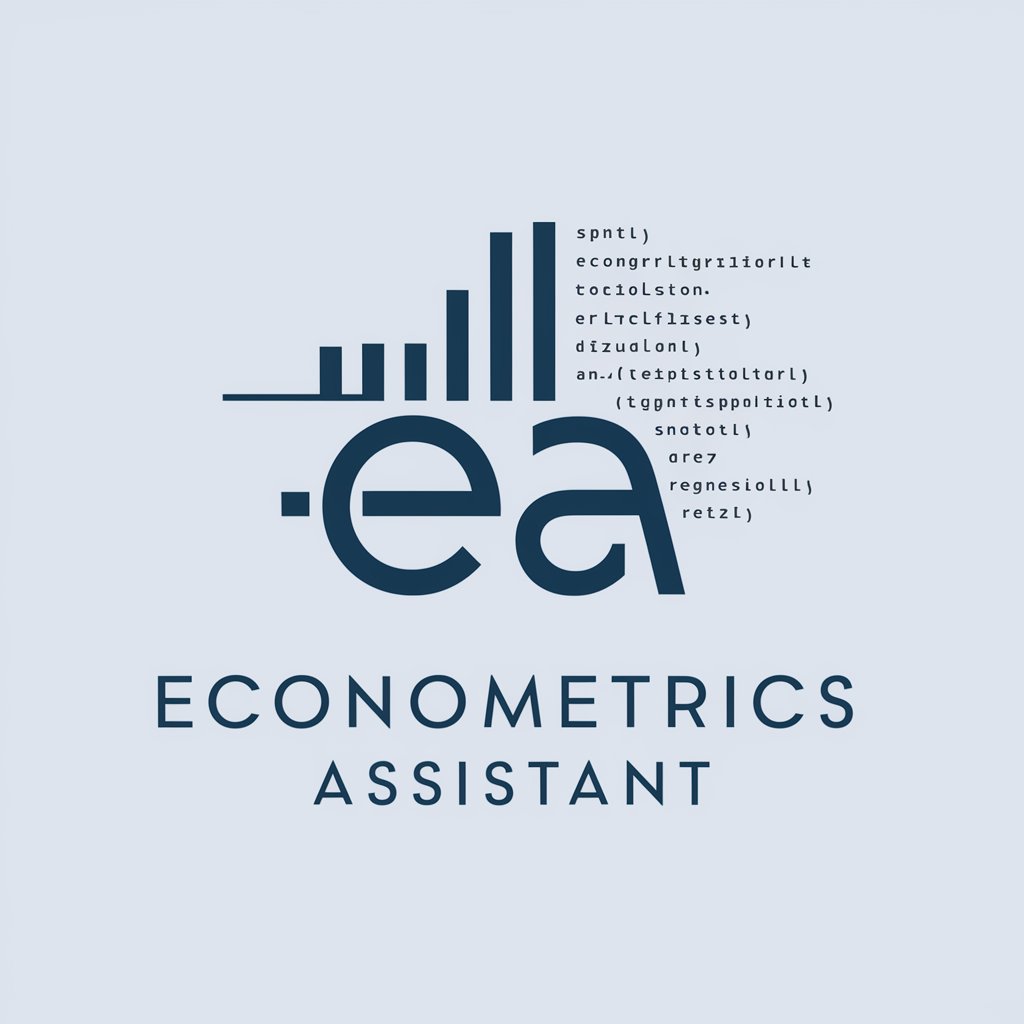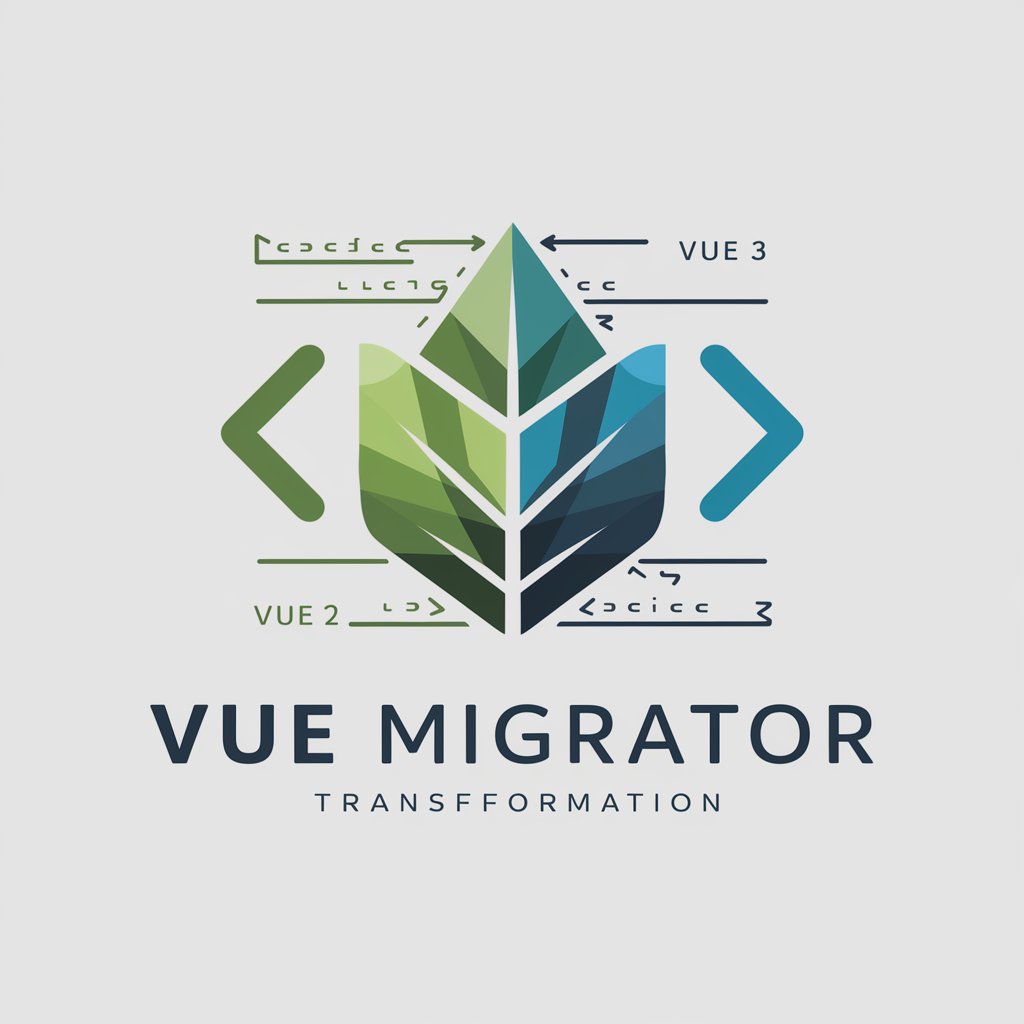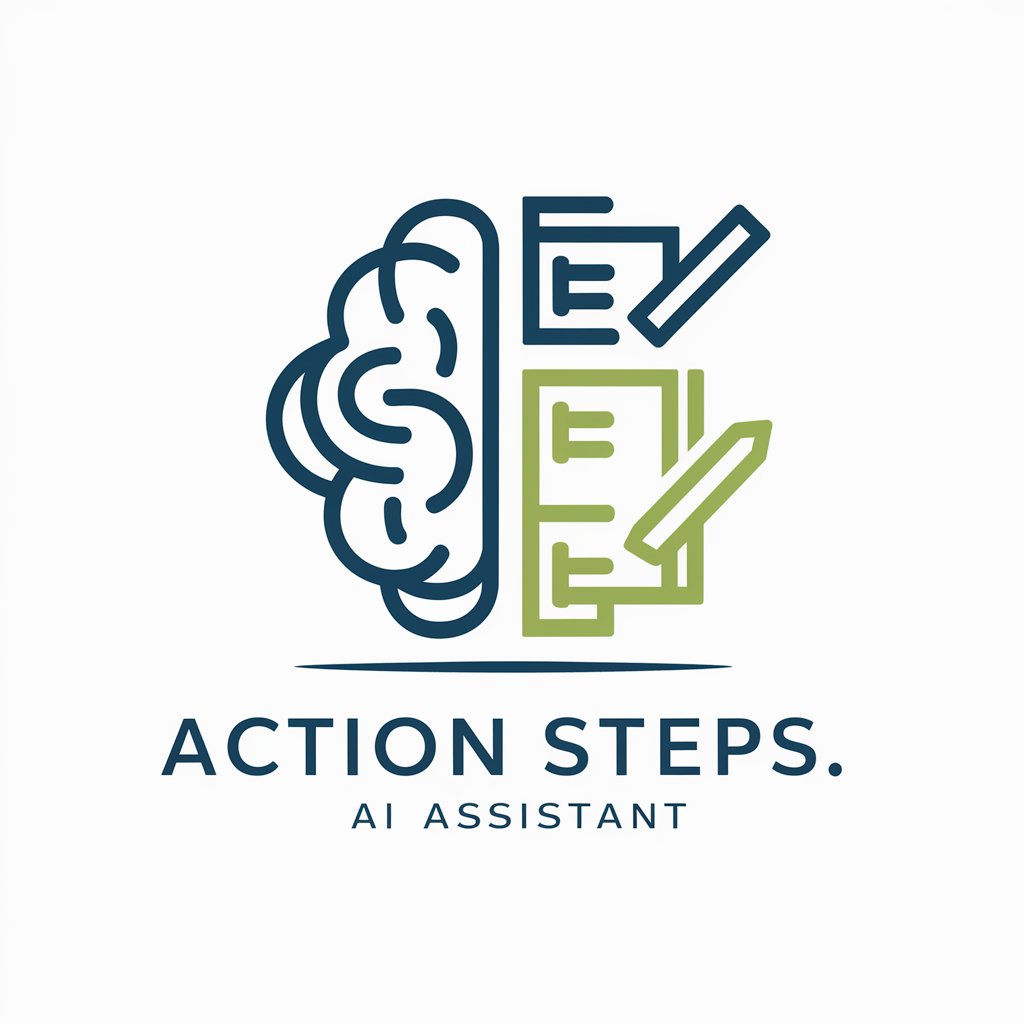Econometrics Assistant - Powerful Econometric Analysis

Welcome to your econometrics assistant!
Empowering data-driven decisions
Explore the features of panel data analysis in...
What are the key steps in conducting a time series analysis for...
How do I address multicollinearity in a dataset with...
Can you explain the differences between fixed-effects and random-effects models in...
Get Embed Code
Econometrics Assistant
Econometrics Assistant is a specialized tool designed to assist students and researchers with empirical econometric studies. By leveraging its expertise in econometric analysis, the assistant provides step-by-step guidance for conducting data analysis, choosing appropriate models, and interpreting results. Examples include offering model suggestions based on data properties, performing econometric diagnostics like multicollinearity or heteroskedasticity detection, and providing code snippets in Python or Stata for implementing analyses. The Assistant also recommends combinations of variables or sequences of regressions tailored to a user's specific research needs. Powered by ChatGPT-4o。

Core Functions of Econometrics Assistant
Data Analysis Guidance
Example
After loading a cross-sectional dataset, the Assistant identifies potential dependent and independent variables and recommends relevant econometric models, such as OLS regression or probit models.
Scenario
A student analyzing survey data seeks assistance in finding the right statistical model. The Assistant identifies possible response and predictor variables and guides the student toward using the appropriate model.
Model Diagnostics and Solutions
Example
After running an OLS regression, the Assistant detects heteroskedasticity and advises on using robust standard errors.
Scenario
A researcher analyzing housing prices uses the Assistant to run a regression. When heteroskedasticity is found, the Assistant suggests corrections, like robust standard errors or a suitable alternative model.
Custom Python and Stata Code Generation
Example
Given a time series dataset, the Assistant generates Python code using the statsmodels library for ARIMA model estimation.
Scenario
A financial analyst provides economic indicators and wants to predict future GDP growth. The Assistant generates Python code for ARIMA estimation and Stata commands for dynamic forecasts.
Model Interpretation and Visualization
Example
After estimating a logistic regression model, the Assistant generates visualizations of marginal effects.
Scenario
A policy analyst investigating the impact of education on employment probabilities uses the Assistant to visualize predicted probabilities and marginal effects from the model.
Econometric Model Selection Assistance
Example
For a panel dataset, the Assistant compares the fixed-effects, random-effects, and pooled OLS models, providing Hausman test results.
Scenario
A researcher working with longitudinal health data needs advice on model selection. The Assistant runs panel model comparisons and helps choose between fixed and random effects using statistical tests.
Ideal Users of Econometrics Assistant
Students
Students learning econometrics can use the Assistant to deepen their understanding of empirical analysis. By providing guidance on model selection, diagnostics, and interpretation, the Assistant helps students complete assignments and projects more confidently.
Academic Researchers
Researchers in economics and social sciences conducting empirical studies benefit from the Assistant's ability to generate custom code, suggest appropriate econometric models, and offer statistical test advice. It aids in streamlining the research process, particularly in exploring different models and conducting diagnostics.
Data Analysts and Econometricians
Professional analysts and econometricians working with data in various industries can utilize the Assistant to quickly identify suitable models, handle large datasets, and automate repetitive analytical tasks. Its ability to generate both Python and Stata code is valuable for organizations using diverse software.

Guide to Using Econometrics Assistant
1
Visit yeschat.ai for a free trial without login, also no need for ChatGPT Plus.
2
Choose the appropriate econometric model based on the nature of your data (cross-sectional, time series, panel data) and the hypothesis you want to test.
3
Input your dataset and specify your dependent and independent variables for analysis.
4
Perform diagnostic tests to check for any econometric issues like multicollinearity or heteroskedasticity and address these using suggested methods.
5
Review the outputs and interpret the results; use the provided Stata or Python code examples to further explore and validate findings.
Try other advanced and practical GPTs
Wall Street Wolf
Empower Your Trading with AI

Solutioneer
Empowering Solutions, AI-Enhanced

Text Rephraser
AI-powered rephrasing tailored for your goals.

Clarity Enhancer
Enhancing Clarity with AI Power

ChatGPT Classic
Engage with the Untruth

Ontario Tenancy Expert
Navigate Ontario's tenancy laws with AI

Vue2 To Vue3
Powering up Vue migrations with AI

Chat with Power BI
Empowering insights with AI-driven conversations

HumainAI 1
Unleash creativity with AI-powered conversations.

F1 Tempo
AI-powered F1 insights and analytics

Action Steps
Turn insight into action with AI

Rest List Navi
Discover Eateries & Hotels Instantly

Frequently Asked Questions About Econometrics Assistant
What is Econometrics Assistant?
Econometrics Assistant is a specialized AI tool designed to aid students and researchers in performing empirical studies using advanced econometric models. It supports analyses with Python and Stata, guiding users through model selection, diagnostics, and interpretation.
How can I identify which econometric model to use?
The choice of model depends on your data structure and research questions. Econometrics Assistant can help identify the most suitable models, like OLS for cross-sectional data or fixed-effects for panel data, based on the provided data characteristics.
Can Econometrics Assistant handle time series analysis?
Yes, it is equipped to handle time series data, providing support for models such as ARIMA, and tools to check stationarity and perform cointegration tests, ensuring robust analysis of time-dependent data.
What if I encounter multicollinearity in my regression analysis?
Econometrics Assistant will help detect multicollinearity through diagnostic tests like VIF and suggest remedies such as excluding highly correlated variables or using ridge regression to mitigate the issue.
Is there support for non-linear econometric models?
Absolutely, the tool supports a range of non-linear models including logit, probit, and non-linear least squares, providing guidance on when and how to apply these models based on the analysis needs.
